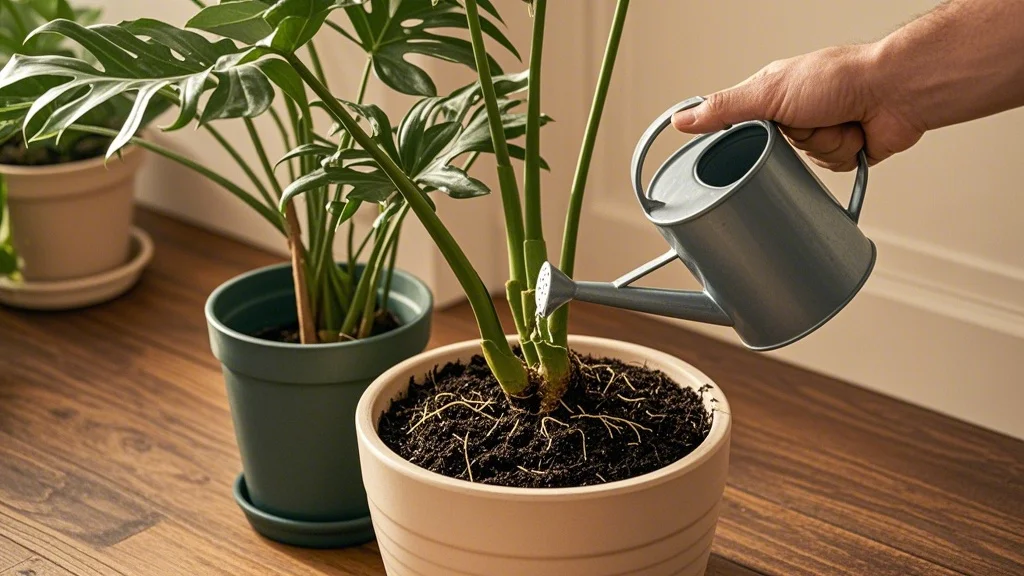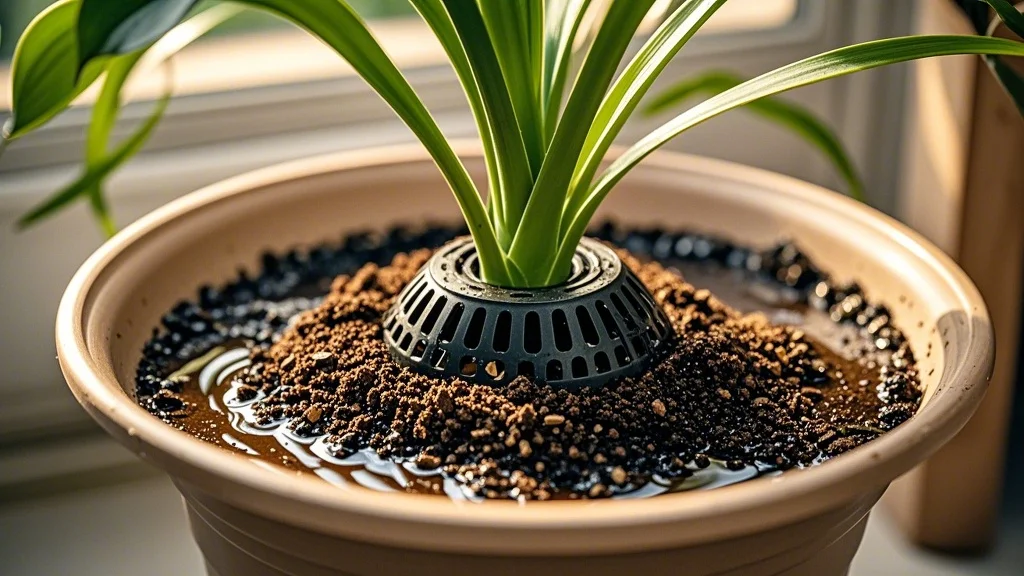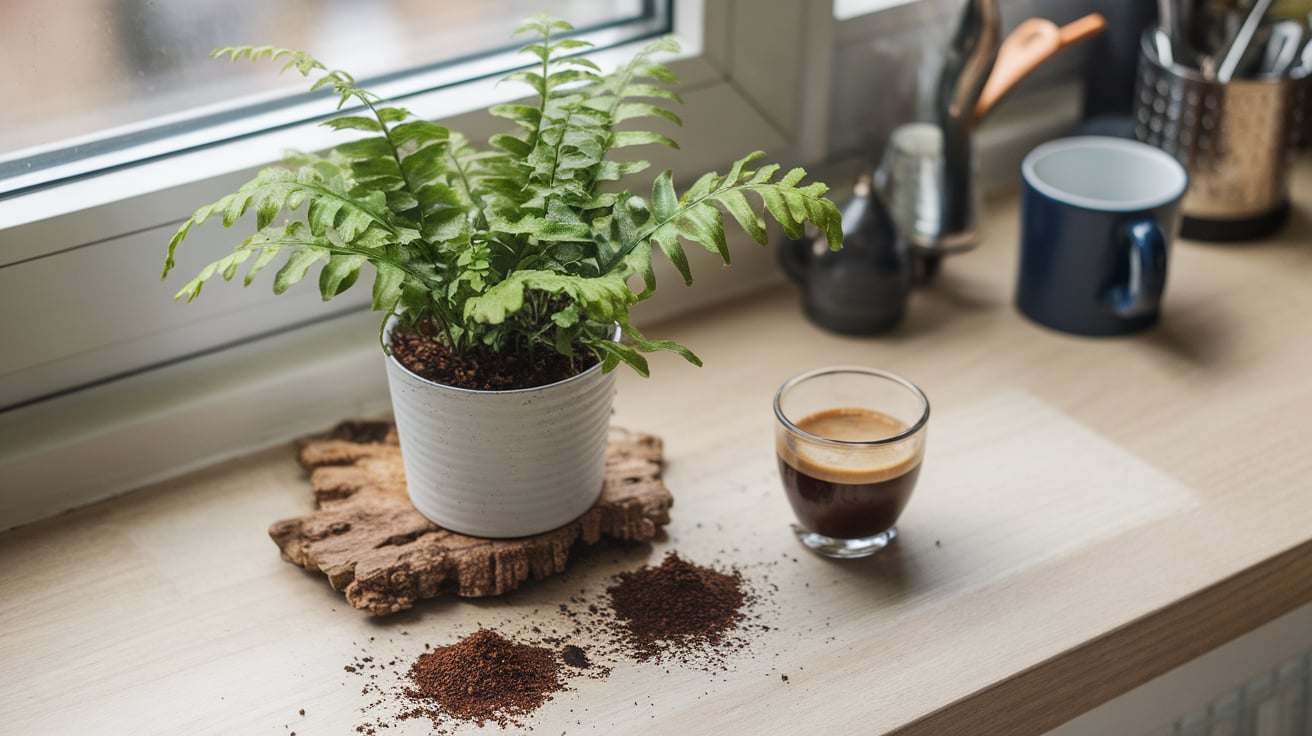As urban gardeners and houseplant enthusiasts, we strive to provide our green companions with the best care possible. However, even with the most attentive care, plants can sometimes exhibit signs of distress. One common issue that many plant owners face is nutrient deficiency. Understanding how to identify and address these deficiencies is crucial for maintaining healthy, thriving plants in our urban jungles.
In this comprehensive guide, we’ll explore the telltale signs of various nutrient deficiencies in plants, helping you become a more observant and effective plant caretaker. We’ll cover the most common essential nutrients, their roles in plant health, and the visual cues that indicate a lack of these vital elements. By the end of this article, you’ll be equipped with the knowledge to diagnose and remedy nutrient deficiencies in your beloved houseplants.
Contents
Understanding Plant Nutrients
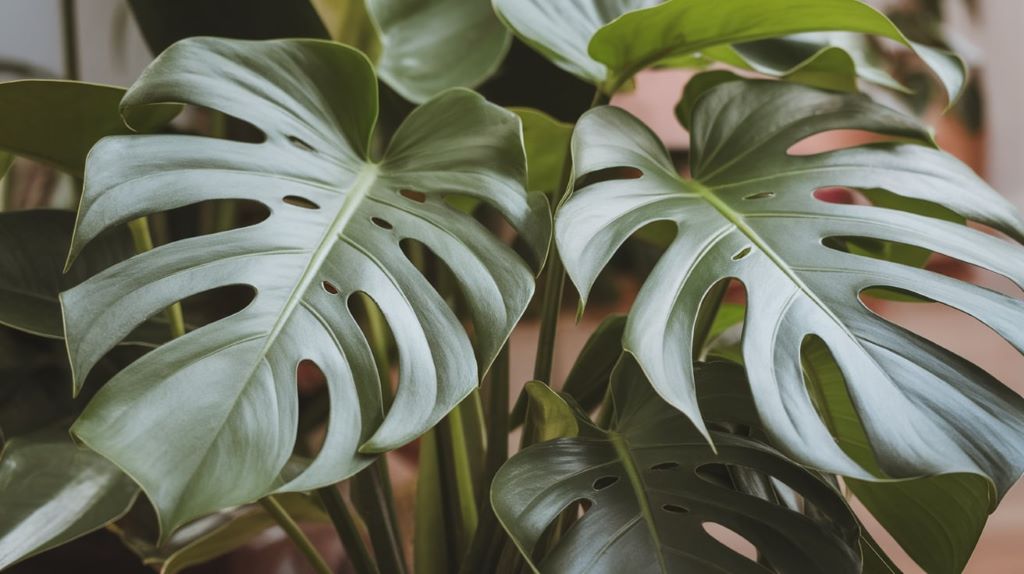
Before diving into the specific signs of nutrient deficiencies, it’s essential to understand the role of nutrients in plant health. Plants require a variety of macro and micronutrients to grow, develop, and thrive. These nutrients are typically divided into three categories:
- Primary Macronutrients: Nitrogen (N), Phosphorus (P), and Potassium (K)
- Secondary Macronutrients: Calcium (Ca), Magnesium (Mg), and Sulfur (S)
- Micronutrients: Iron (Fe), Manganese (Mn), Zinc (Zn), Copper (Cu), Boron (B), Molybdenum (Mo), and Chlorine (Cl)
Each of these nutrients plays a specific role in plant growth and development. When a plant lacks one or more of these essential elements, it can manifest in various visual symptoms, often affecting the leaves, stems, or overall plant structure.
Common Signs of Nutrient Deficiencies
Let’s explore the most common nutrient deficiencies and their associated symptoms:
1. Nitrogen (N) Deficiency
Nitrogen is crucial for leaf growth and chlorophyll production. Signs of nitrogen deficiency include:
- Yellowing of older leaves, starting from the bottom of the plant
- Stunted growth
- Thin, spindly stems
- Smaller leaves
- Premature leaf drop
How to fix: Apply a balanced, nitrogen-rich fertilizer or add compost to the soil. Be cautious not to over-fertilize, as this can lead to other issues.
2. Phosphorus (P) Deficiency
Phosphorus is essential for root development, flowering, and fruit production. Symptoms of phosphorus deficiency include:
- Dark green or purplish leaves, especially on the underside
- Stunted growth
- Delayed flowering or fruiting
- Weak root systems
- Smaller than normal leaves
How to fix: Use a phosphorus-rich fertilizer or add bone meal to the soil. Ensure the soil pH is between 6.0 and 7.0 for optimal phosphorus uptake.
3. Potassium (K) Deficiency
Potassium plays a vital role in overall plant health, disease resistance, and water regulation. Signs of potassium deficiency include:
- Yellowing or browning of leaf edges, starting with older leaves
- Weak stems and branches
- Slow growth
- Poor fruit development
- Increased susceptibility to pests and diseases
How to fix: Apply a potassium-rich fertilizer or add wood ash to the soil. Be careful not to overdo it, as excess potassium can interfere with the uptake of other nutrients.
4. Calcium (Ca) Deficiency
Calcium is crucial for cell wall development and overall plant structure. Calcium deficiency symptoms include:
- Distorted or stunted new growth
- Leaf tip burn
- Blossom end rot in fruiting plants
- Weak stems
- Premature shedding of blossoms or buds
How to fix: Add calcium-rich amendments like gypsum or lime to the soil. Ensure consistent watering, as calcium uptake is closely tied to water movement in the plant.
5. Magnesium (Mg) Deficiency
Magnesium is a key component of chlorophyll and essential for photosynthesis. Signs of magnesium deficiency include:
- Interveinal chlorosis (yellowing between leaf veins) in older leaves
- Leaf curling
- Stunted growth
- Premature leaf drop
How to fix: Apply Epsom salt solution or a magnesium-rich fertilizer. Ensure proper soil pH, as magnesium availability is affected by acidity.
6. Iron (Fe) Deficiency
Iron is crucial for chlorophyll production and overall plant metabolism. Iron deficiency symptoms include:
- Interveinal chlorosis in young leaves
- Pale or yellow new growth
- Stunted growth
- In severe cases, leaves may turn completely white
How to fix: Use an iron chelate fertilizer or add iron sulfate to the soil. Adjust soil pH if necessary, as iron is more available in slightly acidic soils.
7. Manganese (Mn) Deficiency
Manganese is important for photosynthesis and overall plant metabolism. Signs of manganese deficiency include:
- Interveinal chlorosis, similar to iron deficiency but often with a more mottled appearance
- Necrotic spots on leaves
- Stunted growth
- Delayed maturity
How to fix: Apply a manganese sulfate solution or use a micronutrient fertilizer containing manganese. Ensure proper soil pH, as manganese availability decreases in alkaline soils.
8. Zinc (Zn) Deficiency
Zinc plays a role in enzyme production and growth regulation. Zinc deficiency symptoms include:
- Chlorosis in young leaves, often appearing in a striped pattern
- Stunted growth
- “Little leaf” syndrome (abnormally small leaves)
- Rosetting (shortened internodes resulting in clusters of leaves)
How to fix: Use a zinc sulfate solution or a balanced micronutrient fertilizer. Adjust soil pH if necessary, as zinc is more available in slightly acidic soils.
Diagnosing Nutrient Deficiencies
While the symptoms described above can help identify specific nutrient deficiencies, it’s important to note that some symptoms may overlap or be caused by other factors. To accurately diagnose nutrient deficiencies:
- Observe the pattern: Note which leaves are affected (old vs. new) and how the symptoms progress.
- Consider multiple factors: Environmental conditions, watering practices, and pest infestations can mimic nutrient deficiency symptoms.
- Test the soil: A soil test can provide valuable information about nutrient levels and pH.
- Consult experts: If you’re unsure, consult with a local gardening expert or extension service for a more accurate diagnosis.
Prevention and Maintenance
Preventing nutrient deficiencies is often easier than treating them. Here are some tips to maintain optimal plant nutrition:
- Use high-quality, well-balanced potting soil for container plants.
- Regularly fertilize your plants with a balanced, all-purpose fertilizer.
- Monitor soil pH and adjust as necessary for optimal nutrient uptake.
- Practice proper watering techniques to ensure nutrients are effectively transported throughout the plant.
- Repot plants when necessary to provide fresh soil and adequate room for root growth.
- Rotate crops in vegetable gardens to prevent soil depletion of specific nutrients.
Organic vs. Synthetic Fertilizers
When addressing nutrient deficiencies, you have the option of using organic or synthetic fertilizers. Each has its advantages:
Organic Fertilizers:
- Slow-release nutrients
- Improve soil structure
- Promote beneficial microbial activity
- Environmentally friendly
Synthetic Fertilizers:
- Quick-acting
- Precise nutrient ratios
- Often more cost-effective
- Easier to apply in specific situations
Choose the type that best fits your gardening philosophy and the immediate needs of your plants.
Special Considerations for Indoor Plants
Indoor plants face unique challenges when it comes to nutrient uptake:
- Limited soil volume in pots can lead to faster nutrient depletion.
- Lack of natural soil organisms may reduce nutrient cycling.
- Controlled environments may affect nutrient availability and plant metabolism.
To address these issues:
- Use a high-quality potting mix designed for indoor plants.
- Fertilize more frequently, but at lower concentrations.
- Ensure adequate light, as this affects nutrient uptake and utilization.
- Monitor humidity levels, as this can impact nutrient transport within the plant.
Conclusion
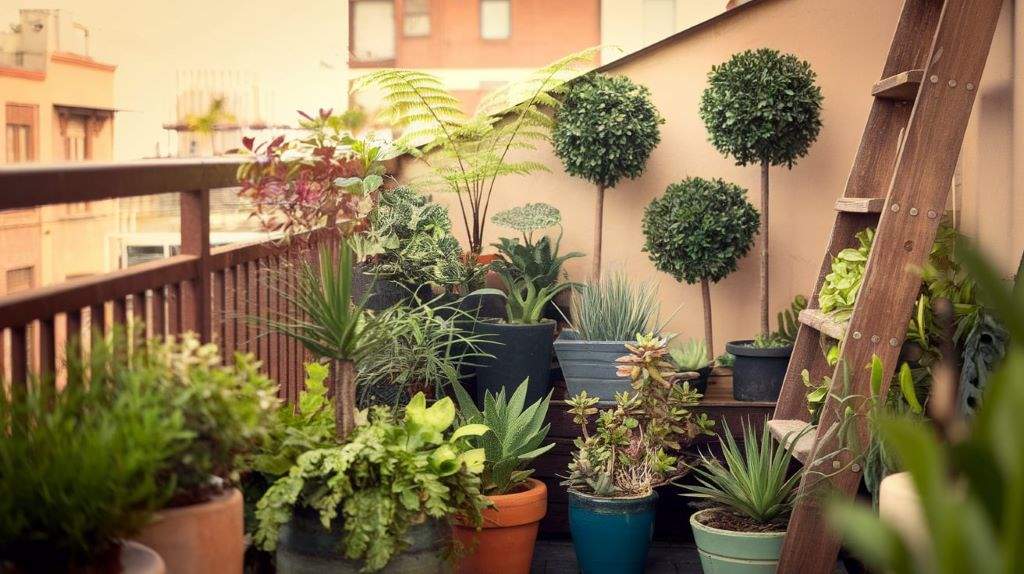
Recognizing and addressing nutrient deficiencies is a crucial skill for any plant enthusiast. By familiarizing yourself with the signs of various deficiencies and understanding how to remedy them, you’ll be better equipped to maintain healthy, thriving plants in your urban garden or indoor space.
Remember that plant care is an ongoing learning process. Each plant is unique, and what works for one may not work for another. Pay close attention to your plants, keep detailed records of your care routines, and don’t be afraid to experiment (within reason) to find what works best for your green companions.
By staying observant and proactive in your plant care approach, you’ll be able to catch and correct nutrient deficiencies early, ensuring that your urban jungle remains lush, vibrant, and healthy for years to come. Happy gardening!

